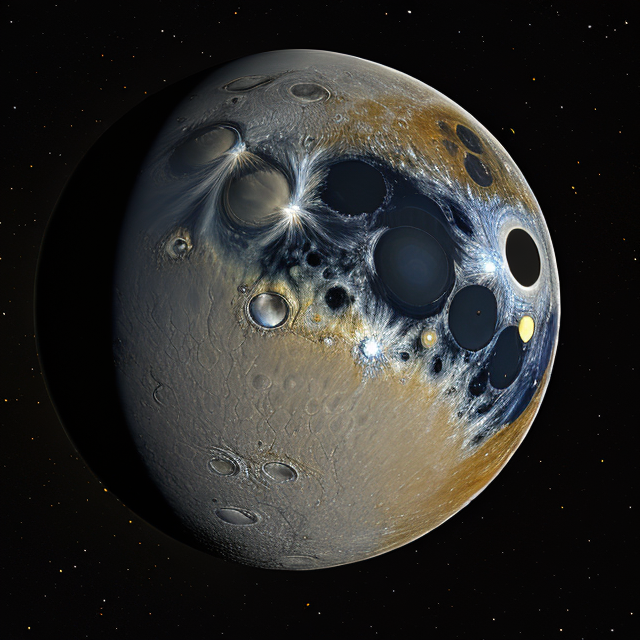|
|
Space Astro
|
Info for exoplanet "Menere"
| Scientific (actual) data |
|---|
| Name | HATS-36 b |
| Planet status | Confirmed |
| Planet mass | 2.79 |
| Radius | 1.153 |
| Orbital period | 4.17519 |
| Semi major axis | 0.0523 |
| Orbit eccentricity | 0.294 |
| Inclination | 87.57 |
| Discovered | 2018 |
| Updated | 2021-02-05 |
| Tconj | 2457310 |
| Impact parameter | 0.17 |
| K | 324 |
| Temperature (kelvin) | 1203 |
| Publication | Published in a refereed paper |
| Detection type | Primary Transit |
| Mass measurement type | Radial Velocity |
| Alternate names | EPIC 215969174 b, 2MASS J19255488-2312100 b, EPIC 215969174 b, EPIC 215969174.01, K2-145 b, WISE J192554.88-231210.0 b |
| Star name | HATS-36 |
| Right ascension | 291.48° |
| Declination | -23.2° |
| Mag v | 14.386 |
| Mag j | 13.181 |
| Mag h | 12.855 |
| Star distance | 878.65 |
| Star metallicity | 0.15 |
| Star mass | 1.1 |
| Star radius | 1.1 |
| Star sp type | G0 V |
| Star age | 3.4 |
| Star temperature | 5950 |
| Star alternate names | EPIC 215969174, 2MASS 19255488-2312100, 2MASS J19255488-2312100, K2-145, WISE J192554.88-231210.0 |
| Wikipedia article | HATS-36 b |
Back
| |
| Fictional info (?) |
|---|
| Suggested name | Menere |
| Planet type | Large hot gas giant |
| Its orbital period around HATS-36 of 4.2 earth days is the shortest of all the planets in its solar system.
It is the coldest planetary atmosphere in its solar system, with a minimum temperature of 40°K (-233°C), and has a complex, layered cloud structure with formaldehyde thought to make up the lowest clouds, and oxygen the uppermost layer of clouds.
The ozone has probably photodissociated, and the free oxygen has been swept into interplanetary space by the solar wind because of the lack of a water vapor layer. |
| Atmosphere | Oxygen | 47% |
| Formaldehyde | 44% |
| Ozone | 5.2% |
| Water vapor | 3% |
| Neon | 9.0E-6% |
| Atmospheric pressure | 1.4 bar |
 |
| No known satellites |
| Google search for Menere |
|
Website by Joachim Michaelis
|
|
|
|